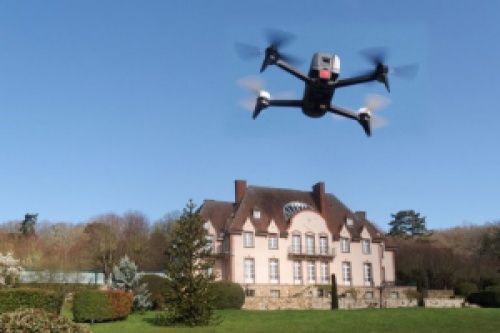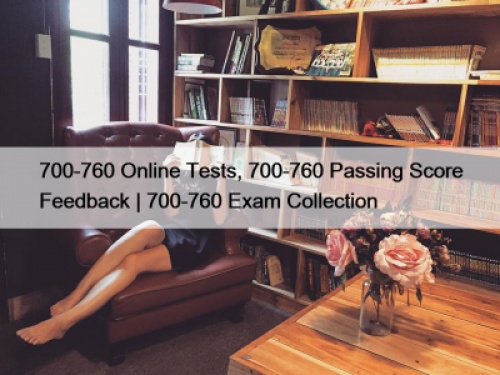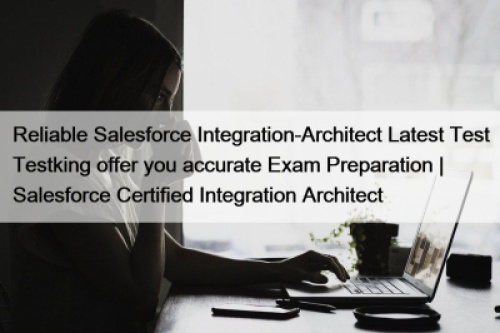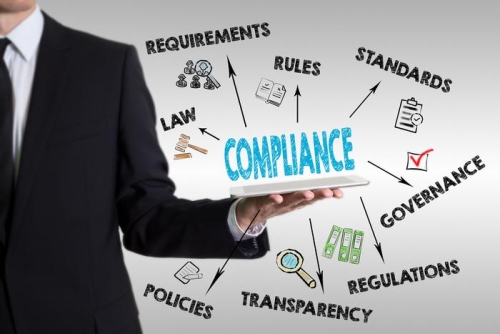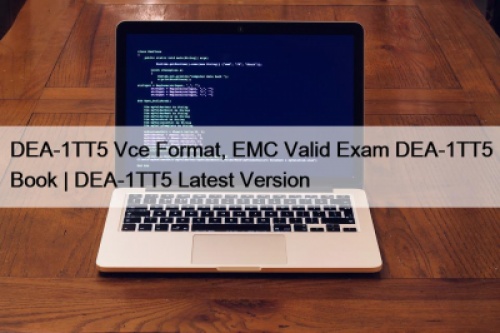If you are into photography, the field has never been this interesting. You can now take amazing photographs using aerial drones even on a budget. While the initial craze was shooting landscapes, the tech has now shifted to other fields including real estate. To help you get the best aerial real estate images, here are tips for getting quality real estate drone video and photos.
1. Learn How to FlyWhen buying a drone, it helps to go for a product with high-end features. That said, an expensive drone is useless in an amateur's hands. Apart from the real risk of crashing, shooting stunning photographs and videos requires you to fly like a pro.
With enough flying practice, you should be able to create beautiful portfolios by taking photos from different angles and perspectives. To get started, go for a trainer model that is inexpensive or practice flying on virtual simulators.
2. Look for the Best PerspectiveAerial photography is all about perspective, which you can easily control with a drone. The idea is to capture images from different vantage points that show the beauty of a property. Timely shots at the right angles can take potential customers through a visual experience like no other.
It's worth noting that the best real estate drone photography is not shot at high altitudes. Typically, the best drone height is just a few feet above your head and up to 100 feet. At this range, you can get unique views of a large area while retaining details.
3. Know When to ShootEven with photo editing software, drone photography is highly influenced by natural light. Depending on the aspects of the property that you want to capture, fly when the light allows for vibrant pictures.
For example, shooting early morning just before sunrise gives your footage a blue hue that is bound to mesmerize your customers. You can also shoot in the evenings when the sky gives off soft yellow light for a “golden” and dramatic view. Try to avoid full sun as it can cause shadows and distortion. It also helps to shoot using neutral-density filters to reduce glare and overexposure.
4. Practice Makes PerfectPractice shooting using different video settings to get the best images. With time you should be able to switch between configurations seamlessly while adjusting altitude.
Experience will also help you zoom in on details that you don’t want people to miss while also presenting the property in its entirety.
You should also practice taking panoramic shots such as the full sphere for quick capture of an expansive property. Knowing exactly how to shoot a particular property will only come from practice and experience, so be patient and keep learning.
5. Back Up Your WorkThe perfect real estate drone video is not easy to shoot. As such, you need to back up your footage to avoid reshoots. Depending on where the property is located, you may have to pay to fly your drone. This makes it expensive to get retakes.
Additionally, make sure to take several photos from each camera angle. And when external conditions such as weather are ideal, take long videos to make editing easy during postproduction.





